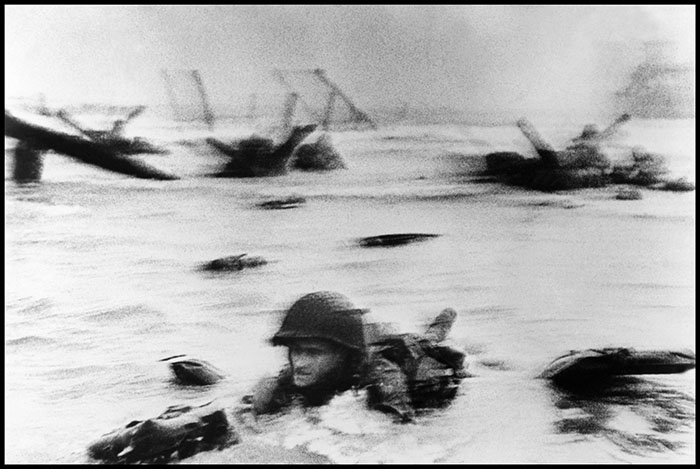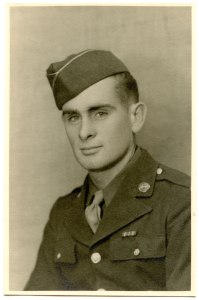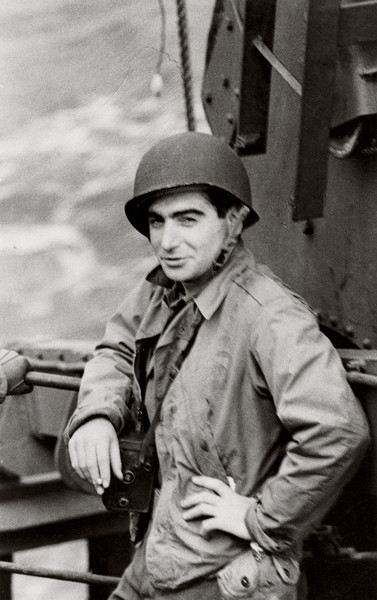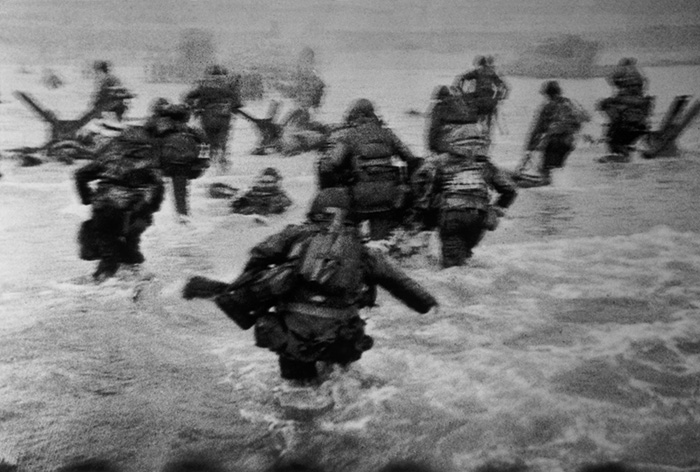June 6, 1944 was the allied invasion of Normandy, the largest seaborne invasion in history. 24,000 allied troops parachuted into France shorty after midnight. The next morning beginning at 6:30 am over 150,000 American, British, and Canadian troops landed. There were 10,000 casualties and 4,414 confirmed dead.
The photo at the top, often called “The Face in the Surf”, is Robert Capa’s most famous image of American troops landing at Omaha Beach, Normandy, France, June 6, 1944. The man in the foreground has now been identified as Huston “Hu” Riley. He was shot four times in the shoulder while making his way to shore and Capa helped pull him to safety. The story is at the links below.
Capa was one of only four photographers allowed to land with the first wave of soldiers. He told his editor the best photos were on four rolls of 35mm film. Most of those photos were destroyed in a darkroom accident. The four rolls were put in a film dry and a heater was turned on and set too high. The heat melted the emulsion off of three of the rolls leaving them totally blank. Miraculously, 11 photos survived on the fourth roll. “The Face in the Surf” is one of the eleven surviving photos. The negative for The Face in the Surf and one other negative have been lost, so only 9 of the negatives survive to this day. More on this fascinating story in the links below.
You can see a contact sheet of the nine surviving negatives (ripped sprocket holes and all) in this high resolution video. In the video John Morris, Capa’s London editor, tells the story behind the publication of the images: receiving the unprocessed film, Capa’s photo notes, the darkroom accident, getting the photos through the censors, and the rush to get the prints to the United States for publication in Life. Fascinating imagery.
Links
The story behind Capa’s photo, Time Magazine
Robert Capa’s Longest Day, Vanity Fair
More of Robert Capa’s D-Day photos, along with his story of the landing, Magnum Photos




